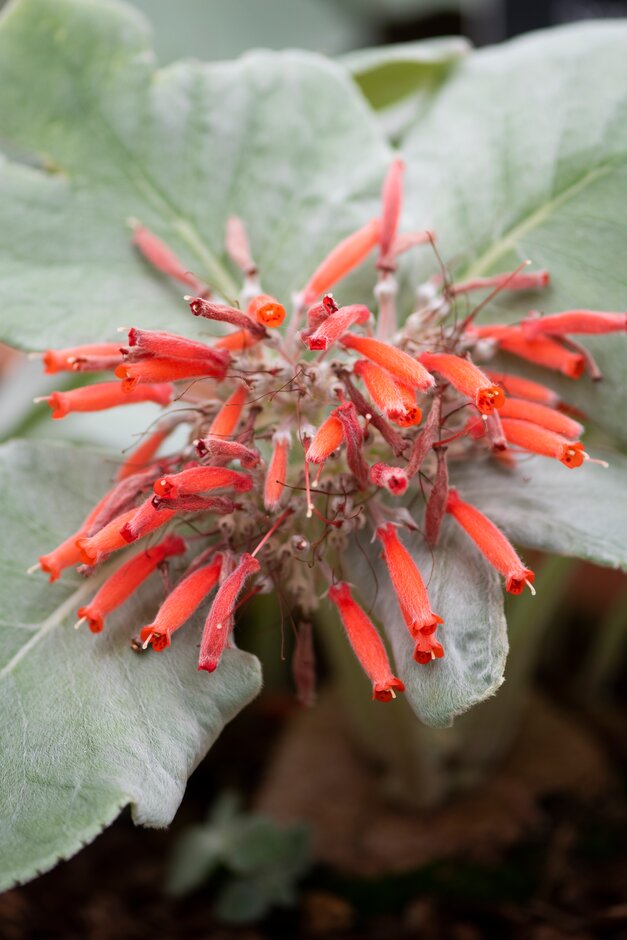Not the plant you're looking for? Search over 300,000 plants
Conservatory GreenhouseHerbaceous Perennial
Size
Ultimate height
0.1–0.5 metresTime to ultimate height
1–2 yearsUltimate spread
0.1–0.5 metresGrowing conditions
Loam
Sand
Moisture
Moist but well–drainedpH
Acid, NeutralColour & scent
| Stem | Flower | Foliage | Fruit | |
| Spring | ||||
|---|---|---|---|---|
| Summer | ||||
| Autumn | ||||
| Winter |
Position
- Partial shade
Aspect
West–facing or South–facing or East–facing
Exposure
Exposed or Sheltered Hardiness
H1ABotanical details
- Family
- Gesneriaceae
- Native to GB / Ireland
- No
- Foliage
- Deciduous
- Habit
- Clump forming
- Genus
Sinningia can be deciduous, tuberous perennials or small, deciduous or evergreen shrubs, with simple, fleshy leaves and large, bell-shaped, to tubular flowers in summer
- Name status
Correct
- Plant range
- Brazil
How to grow
Cultivation
Grow in moist but well-drained, humus-rich, neutral to acid soil in partial shade
Propagation
Propagate by seed or tubers
Suggested planting locations and garden types
- Patio and container plants
Pruning
Cut back after flowering
Pests
May be susceptible to leafhoppers and thrips
Diseases
Generally disease-free
Love gardening
Sign up to receive regular gardening tips, inspiration, offers and more
View our Privacy Policy
Get involved
The Royal Horticultural Society is the UK’s leading gardening charity. We aim to enrich everyone’s life through plants, and make the UK a greener and more beautiful place.
